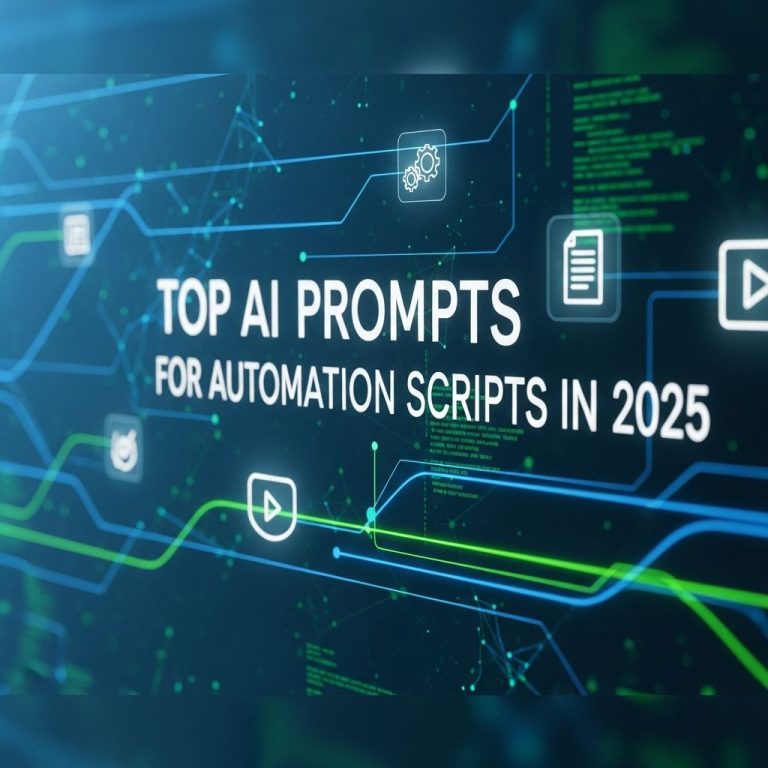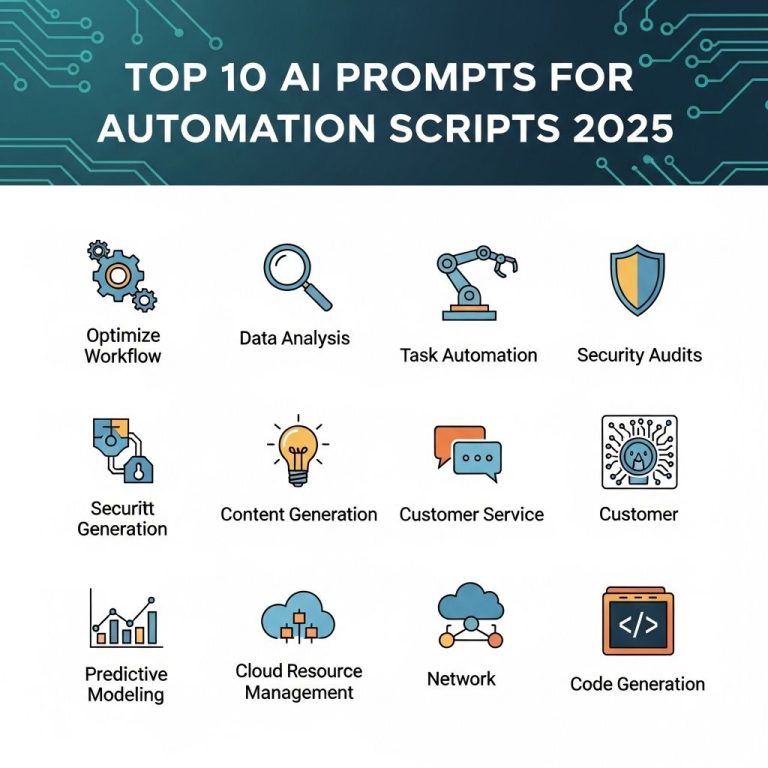In today’s fast-paced digital landscape, the significance of feedback analysis cannot be overstated. Companies leverage feedback from customers, employees, and stakeholders to enhance their products and services continually. However, the traditional methods of analyzing this feedback often fall short in providing timely and actionable insights. As we approach 2025, the integration of artificial intelligence (AI) into feedback analysis promises to revolutionize the way organizations glean insights from data-driven conversations.
The Current Landscape of Feedback Analysis
Feedback analysis encompasses a range of techniques used to interpret input from various sources, including:
- Customer Reviews
- Employee Surveys
- Social Media Mentions
- Support Tickets
Currently, many organizations rely on manual processes or basic software tools to analyze this data, leading to:
- Inconsistent data interpretations
- Delayed responses to customer concerns
- Overlooked patterns and insights
Limitations of Traditional Feedback Analysis Methods
The reliance on human insight in feedback analysis can introduce several limitations:
- Subjectivity: Human analysts may interpret feedback differently based on their biases.
- Scalability: As feedback volume increases, manual analysis becomes tedious and inefficient.
- Time Consumption: Collecting, sorting, and analyzing feedback can be a labor-intensive process.
The Role of AI in Feedback Analysis
Artificial Intelligence, with its advanced algorithms and machine learning capabilities, is positioned to address these limitations effectively. Here’s how AI can enhance feedback analysis:
1. Automation of Data Collection
AI-powered tools can automate the process of gathering feedback from diverse sources:
- Web Scraping: Collecting customer reviews from various online platforms.
- Sentiment Analysis: Monitoring social media for real-time sentiment on products.
- Chatbot Feedback: Integrating feedback mechanisms into chatbots to capture user insights.
2. Enhanced Data Processing
Using Natural Language Processing (NLP), AI can analyze textual feedback to:
- Identify common themes and trends
- Classify feedback into categories (positive, negative, neutral)
- Detect emotional tones in customer comments
3. Predictive Analytics
AI can analyze historical data to predict future feedback trends.
| Feedback Type | Predicted Trend | Recommended Action |
|---|---|---|
| Customer Support Issues | Increasing | Enhance training for support staff |
| Product Feature Requests | Stable | Consider prioritizing development |
| Employee Satisfaction | Declining | Implement team-building activities |
Implementing AI for Feedback Analysis
Integrating AI into feedback analysis requires a strategic approach:
Step 1: Define Objectives
Before implementing AI tools, organizations must outline clear objectives:
- What specific insights are needed?
- How will these insights be used to inform decisions?
- What metrics will be tracked?
Step 2: Choose the Right Tools
There are various AI tools available for feedback analysis, including:
- Text Analytics Software
- Sentiment Analysis Tools
- Chatbot Platforms with Feedback Mechanisms
Step 3: Train the AI Models
Training AI models on relevant data sets ensures that they learn to recognize patterns effectively. This may involve:
- Providing historical feedback data
- Incorporating diverse feedback scenarios
- Refining models based on initial outcomes
Step 4: Evaluate and Iterate
Post-implementation, it is crucial to:
- Assess the accuracy of the AI’s insights
- Gather feedback from users on the AI tool’s performance
- Continuously refine the AI model based on new data
Case Studies: AI in Action
Several organizations have successfully integrated AI into their feedback analysis processes:
Company A: E-commerce Retailer
By employing an AI-driven sentiment analysis tool, Company A was able to:
- Identify a 30% increase in negative feedback regarding shipping times.
- Implement operational changes that reduced shipping delays by 20%.
- Improve overall customer satisfaction scores by 15%.
Company B: Software Development Firm
Company B utilized predictive analytics to forecast employee satisfaction based on survey data, leading to:
- Proactive engagement initiatives that reduced turnover rates by 25%.
- Increased productivity as a result of a happier workforce.
Looking Ahead: The Future of Feedback Analysis with AI
As we approach 2025, the evolution of AI technologies, such as deep learning and advanced NLP, will further enhance feedback analysis capabilities:
- Greater accuracy in sentiment classification
- Real-time feedback processing and actionable insights
- Integration of multi-modal feedback sources (text, voice, images)
The future promises an era where feedback analysis is not only automated but also highly intelligent, providing organizations with the tools they need to anticipate needs and trends before they emerge.
Conclusion
In conclusion, the integration of AI into feedback analysis marks a significant shift in how organizations interpret and act on valuable insights. By embracing these advanced technologies, businesses can drive innovation, enhance customer and employee satisfaction, and ultimately achieve sustainable growth in an increasingly competitive market. As we move closer to 2025, those who adopt AI-driven feedback analysis will undoubtedly gain a competitive edge.
FAQ
What is feedback analysis with AI?
Feedback analysis with AI refers to the use of artificial intelligence technologies to evaluate and interpret customer feedback, identifying trends, sentiments, and actionable insights to improve products and services.
How can AI improve feedback analysis?
AI can enhance feedback analysis by automating the process, increasing accuracy in sentiment detection, and providing deeper insights through data mining techniques, thereby allowing businesses to respond more effectively to customer needs.
What are the benefits of using AI for feedback analysis?
The benefits of using AI for feedback analysis include faster processing of large volumes of data, enhanced accuracy in identifying customer sentiments, and the ability to uncover hidden trends that may not be apparent through manual analysis.
Is AI-driven feedback analysis suitable for all types of businesses?
Yes, AI-driven feedback analysis is suitable for businesses of all sizes and industries, as it can be tailored to meet specific needs and can handle diverse forms of feedback, from surveys to social media comments.
What technology is used in AI feedback analysis?
AI feedback analysis typically utilizes natural language processing (NLP), machine learning algorithms, and data analytics tools to interpret and analyze customer feedback effectively.
How will feedback analysis evolve with AI by 2025?
By 2025, feedback analysis is expected to become more predictive and personalized, with advanced AI models that can automatically suggest improvements and forecast customer needs based on historical data and emerging trends.




